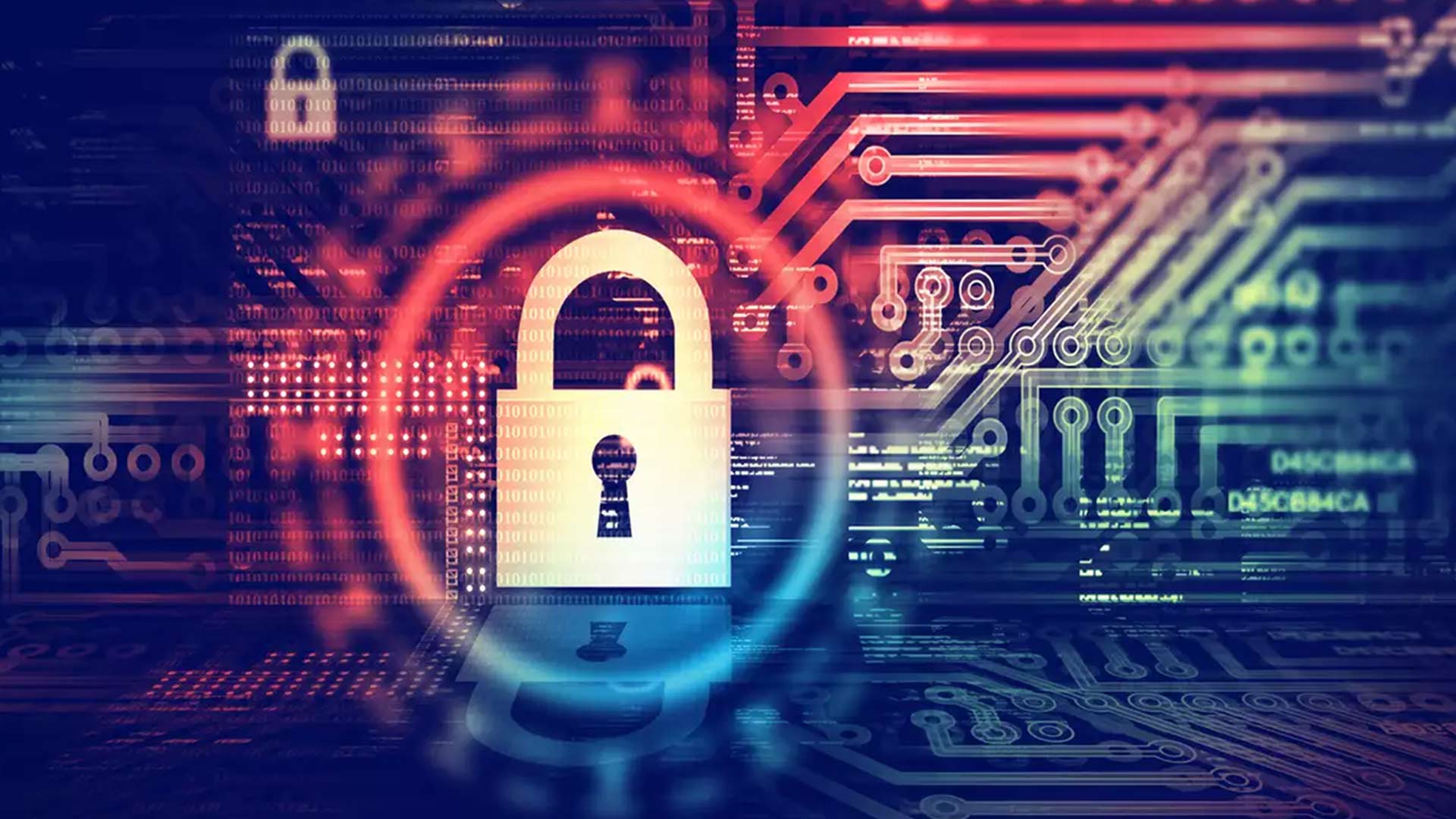

The Important Role of Cybersecurity in the World of IoT
In recent years, the Internet of Things (IoT) has witnessed an unprecedented surge, transforming the way we live and interact with our surroundings. From smart homes and connected cars to industrial automation and healthcare applications, IoT has become an integral part of our daily lives, promising enhanced efficiency and convenience. From smart refrigerators predicting grocery needs to life-saving medical implants monitoring vitals, the possibilities seem endless. Yet, in this connected world, there is a darker side: the vulnerability of these devices to cyberattacks and prone of different kinds of cyber threats. With 14.5 billion connected devices estimated by Gartner in 2023, and projections for over 25 billion by 2025, the potential attack surface has become vast and fertile ground for malicious actors.
Therefore, it has become important to explore the role of cybersecurity in IoT to ensure a protected cyberspace.
Understanding the Risks
Here are some of the potential vulnerabilities that are inherent to IoT devices
One of the primary challenges in securing IoT lies in the diverse range of vulnerabilities inherent in these devices. Weak passwords, outdated firmware, and insecure communication protocols are common weak points that malicious actors exploit to gain unauthorized access. Manufacturers must prioritize robust security features during the design and production phases to fortify these devices against potential breaches.
Secondly, while data breaches are a major concern, the repercussions of compromised IoT systems extend beyond stolen information. In certain scenarios, security breaches can lead to physical harm and operational disruptions. For instance, a hacked industrial control system could result in machinery malfunctions or even accidents, making it absolutely necessary to have effective cybersecurity measures in place.
In addition to that, understanding the motives of those who pose a threat to IoT security is also important. Cyber-attackers can range from individual hackers seeking financial gain to state-sponsored entities with political or economic motives. Additionally, the emergence of botnets, which leverage compromised IoT devices for large-scale attacks, adds another layer of complexity to the world of cybersecurity.
Preventive Measures to Secure IoT Devices
While it is very difficult to completely eliminate different types of cyber threats looming in the world of IoT devices, with continuous efforts and preventive measures, a huge loss can be mitigated.
1. Securing Devices
To create robust cybersecurity in the IoT ecosystem, it is mandatory to implement best practices at the device level. This includes incorporating secure boot processes, hardware encryption, and effective patch management systems. Manufacturers and IoT developers must prioritize security in the design phase to ensure that devices are resilient to evolving cyber threats throughout their lifecycle.
2. Strengthening and Securing Network
Securing the network infrastructure is equally important. Employing secure communication protocols, implementing network segmentation, and deploying intrusion detection and prevention systems help safeguard against unauthorized access and attacks. An interconnected world demands a fortified network that can resist the constantly evolving tactics of cyber adversaries.
3. Data Privacy and Management
Protecting the privacy and integrity of data generated by IoT devices is a huge challenge in the field of cybersecurity. Addressing issues related to data collection, storage, and transmission is essential. Strategies such as user consent mechanisms, data anonymization, and robust encryption protocols contribute to creating a secure environment for sensitive information.
The Need for Proper Education and Regulations
It is not the responsibility of manufacturers and cybersecurity professionals only to keep cyberspace safe and protected, but the end users, the middlemen, and the government are also equally responsible.
-
User Awareness and Education
Users play a pivotal role in the security of IoT devices. Creating awareness about the risks associated with IoT, promoting responsible usage, and educating users about basic cybersecurity tips and tricks are essential steps. By building a culture of security awareness, users become active participants in mitigating potential cybersecurity threats.
-
Securing the Supply Chain
Ensuring the security of the entire supply chain is important to preventing vulnerabilities from entering the IoT ecosystem. Adopting secure software development practices, conducting thorough vulnerability assessments, and implementing continuous monitoring throughout the product lifecycle are essential steps in building a secured supply chain.
-
Regulatory Landscape and Standards
Governments and industry bodies have an important role to play in shaping the cybersecurity landscape. Implementing robust regulations and standards for IoT security not only sets a baseline for manufacturers but also encourages a culture of accountability. Collaborative efforts between regulatory bodies and industry stakeholders can significantly enhance the overall security posture of IoT.
Skilled Cybersecurity Professionals: The Need of Hour
The number of cybersecurity attacks is increasing day by day causing a huge loss to businesses as well as individuals. Now every organization wants cybersecurity experts who can implement effective cybersecurity strategies to protect their organization’s digital assets and infrastructure along with making their products and services secure for their customers.
The demand for cybersecurity professionals is expected to grow by 3.5 million by 2025, as reported by Cybersecurity Venture. So, this is the right time to invest in the best cybersecurity certifications, learn the latest cybersecurity skills, and master the trending tools and technologies in this domain.
As the IoT landscape evolves, emerging technologies like blockchain and artificial intelligence offer promising solutions to enhance security. Blockchain can provide immutable and transparent transaction records, while AI can analyze massive datasets to identify patterns indicative of potential threats. Integrating these technologies into IoT frameworks can strengthen overall cybersecurity.
So, it is recommended that students and professionals learn these latest technologies and lend their helping hand in making the cybersecurity world a safer place.
Conclusion
Remember, securing the future of IoT is a shared responsibility that extends beyond individual users and manufacturers. Collaboration among stakeholders, including governments, manufacturers, cybersecurity experts, and end-users, is crucial. Building a resilient and secure IoT ecosystem requires a collective effort to address the ever-changing threat landscape.





